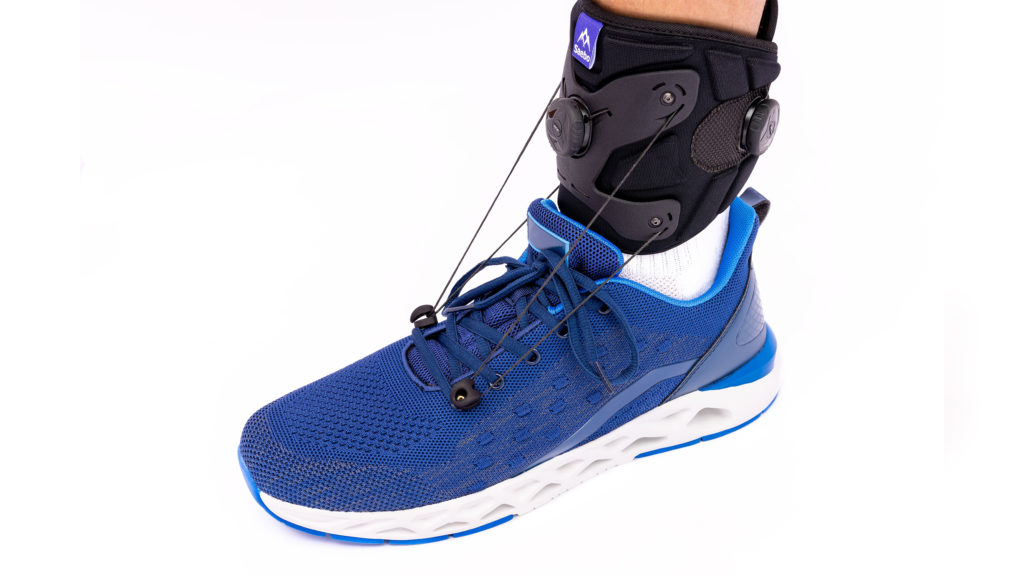Top 10 Evidence Based Foot Drop Strategies
Amy Bean
Wednesday, October 29th, 2025
#dropfoot#electricalstimulation#footdrop#nmesAFOMirror TherapyStroke rehabilitation
We’ve put together a practical reference guide for you featuring 10 recommended strategies to help manage and rehabilitate foot drop. These approaches are backed by current research and international clinical guidelines, ensuring they reflect best practices in neurological and physical rehabilitation.
Since foot drop can result from a variety of underlying causes, not every strategy may apply to every individual. However, we hope this guide serves as a valuable resource, offering a range of options to support your recovery journey and help you choose the methods that best suit your needs.
1. Orthotic
What are these?
Often call an AFO or Ankle Foot Orthosis, these are splints that are worn to help lift the foot when walking. They can either be custom made or off the shelf.
Custom made orthotics are typically for those that need a lot of support due to severe spasticity, unstable ankle, or loss of range of calf muscle preventing the foot going flat on the floor. An orthotist would assess and make a custom made splint which may require adjustments over time.
